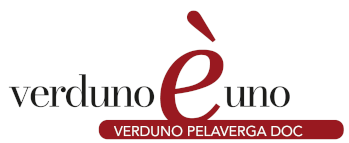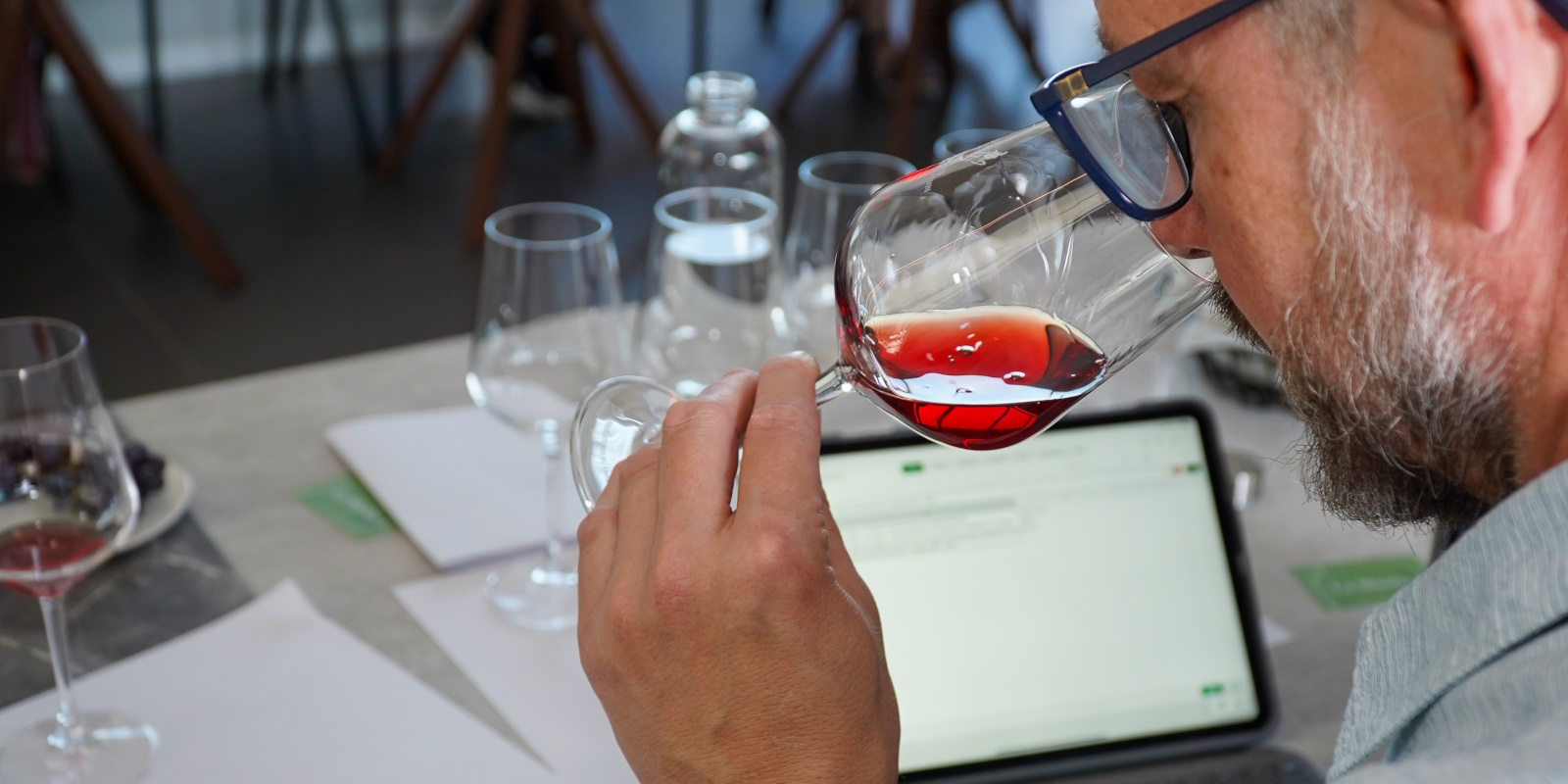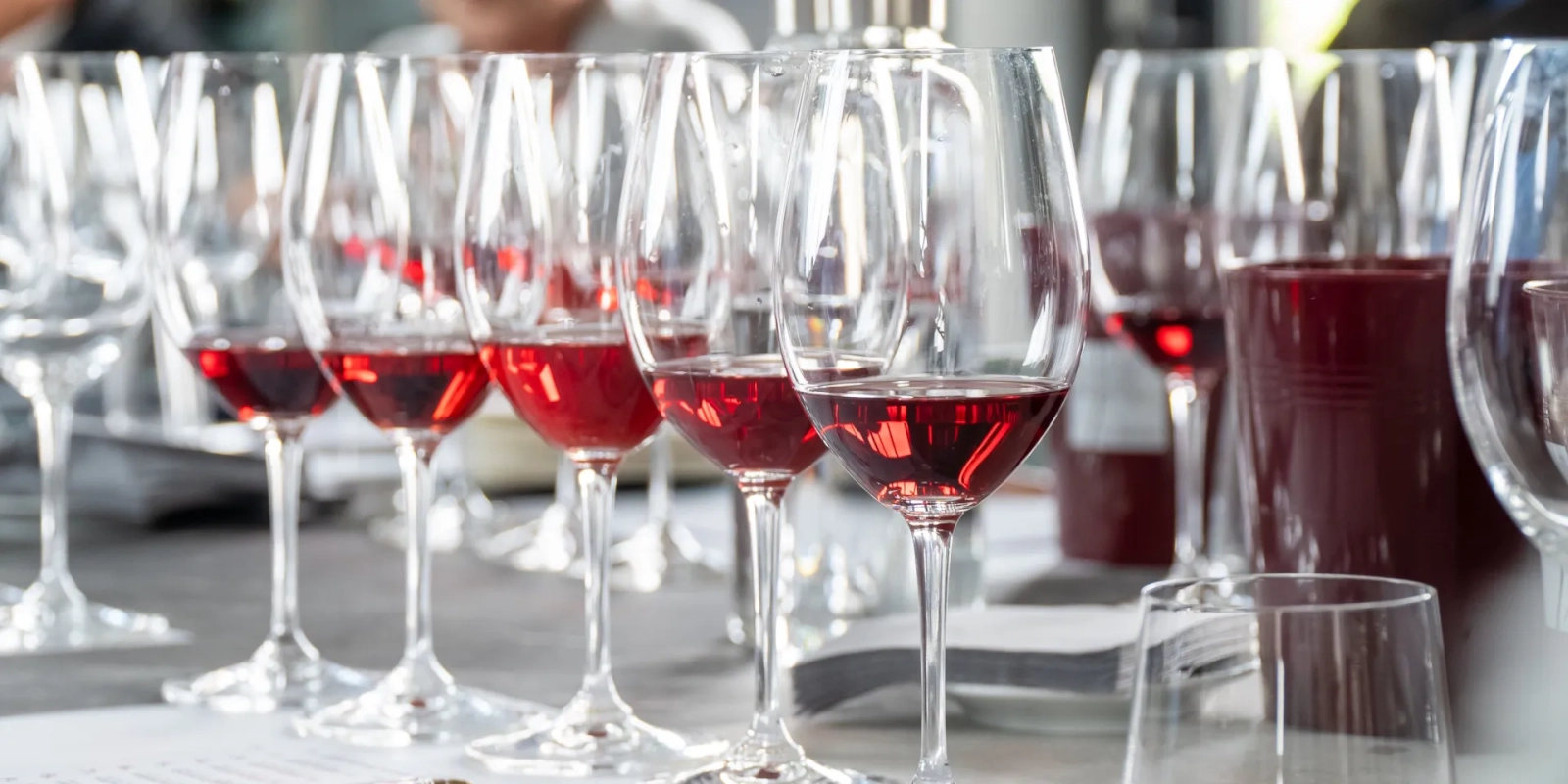The profile of Verduno Pelaverga
The wine made from Pelaverga Piccolo is a pale ruby colour with violet nuances and an identifying aromatic character which is easily recognised by its spicy component in particular. The most recurrent descriptor is, in fact, pepper (white and green), but references can range from curry to coriander. A 2021 study by researcher Maurizio Petrozziello points out: “This wine is characterised by a light colour and a unique, intense spicy aroma.
The analysis of the wine detected a significant concentration of rotundone (approximately 40 ng L−1), which is known to convey a distinctive pepper note and has a very low olfactory threshold (16 ng L−1 in wine). The concentrations measured, which were well above the perception threshold, could link rotundone directly to the spicy notes highlighted by the sensory analysis of Pelaverga wines”.
The palate of these wines is balanced and streamlined, featuring restrained acidity and gentle tannin, with a medium-light structure and good alcohol content.
Pairings
Pelaverga wines have a distinct gastronomic vocation: depending on the serving temperature, they pair well with “merende sinoire” (later afternoon/early evening snacks), and with “vitello tonnato” or “carne cruda” starters, as well as traditional Piedmontese pasta dishes such as “tajarin” and “agnolotti del plin”, or notable main courses such as “finanziere” and “bollito misto”. They are also worth trying with fish dishes with tomato sauce such as “cacciucco” or stuffed squid.
The production regulations
Approved for DOC status by Ministerial Decree dated 20/10/1995 (and subsequently updated with amendments in 2007, 2011, 2014 and 2015), the Verduno Pelaverga (or Verduno) production regulations isolate a small production area that includes the municipality of Verduno, and portions of land located in the adjoining municipalities of Roddi and La Morra.
Only one type is envisaged, a still, dry red wine made from at least 85% Pelaverga Piccolo grapes. Other black grape varieties suitable for cultivation in the Piedmont region may contribute to the remaining 15%, but almost all wines available on the market are made from 100% Pelaverga Piccolo. The regulations do not specify minimum ageing times or the type of container to be used for ageing.
The surface area suitable for producing Verduno Pelaverga slightly exceeds 30 hectares:
- 25,18 in the municipality of Verduno.
- 3,96 in the municipality of Roddi d’Alba.
- 1,62 in the municipality of La Morra.
The annual number of bottles actually registered has fluctuated over the last five years between 150 and 180 thousand, peaking at the 204 thousand in the 2022 vintage.
Data from Servizi Regione Piemonte – Anagrafe Agricola Unica


